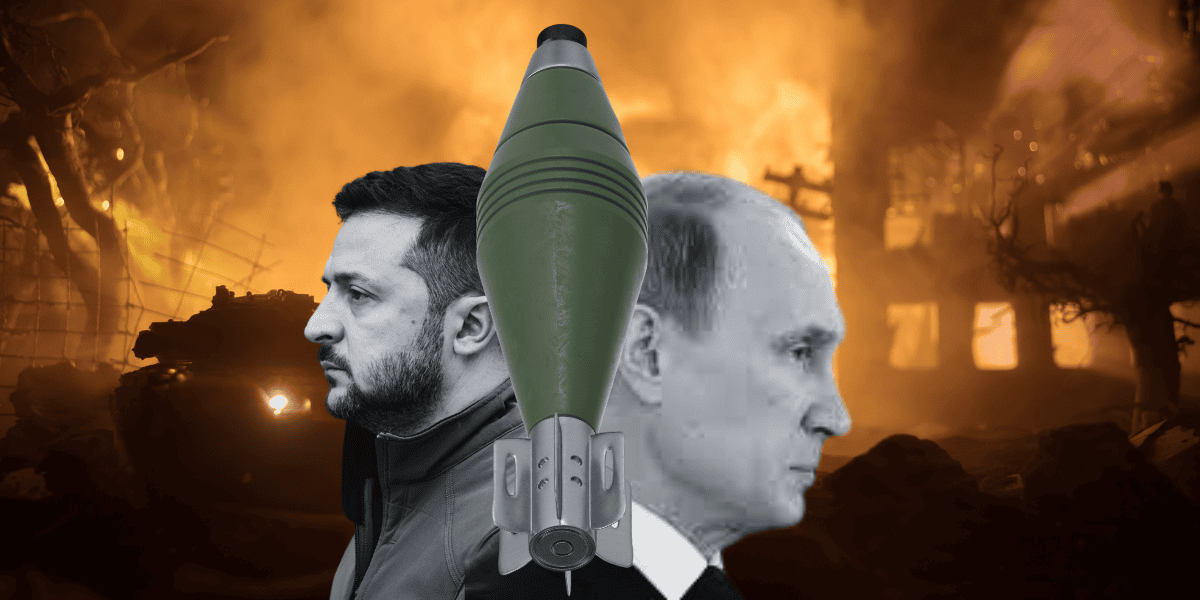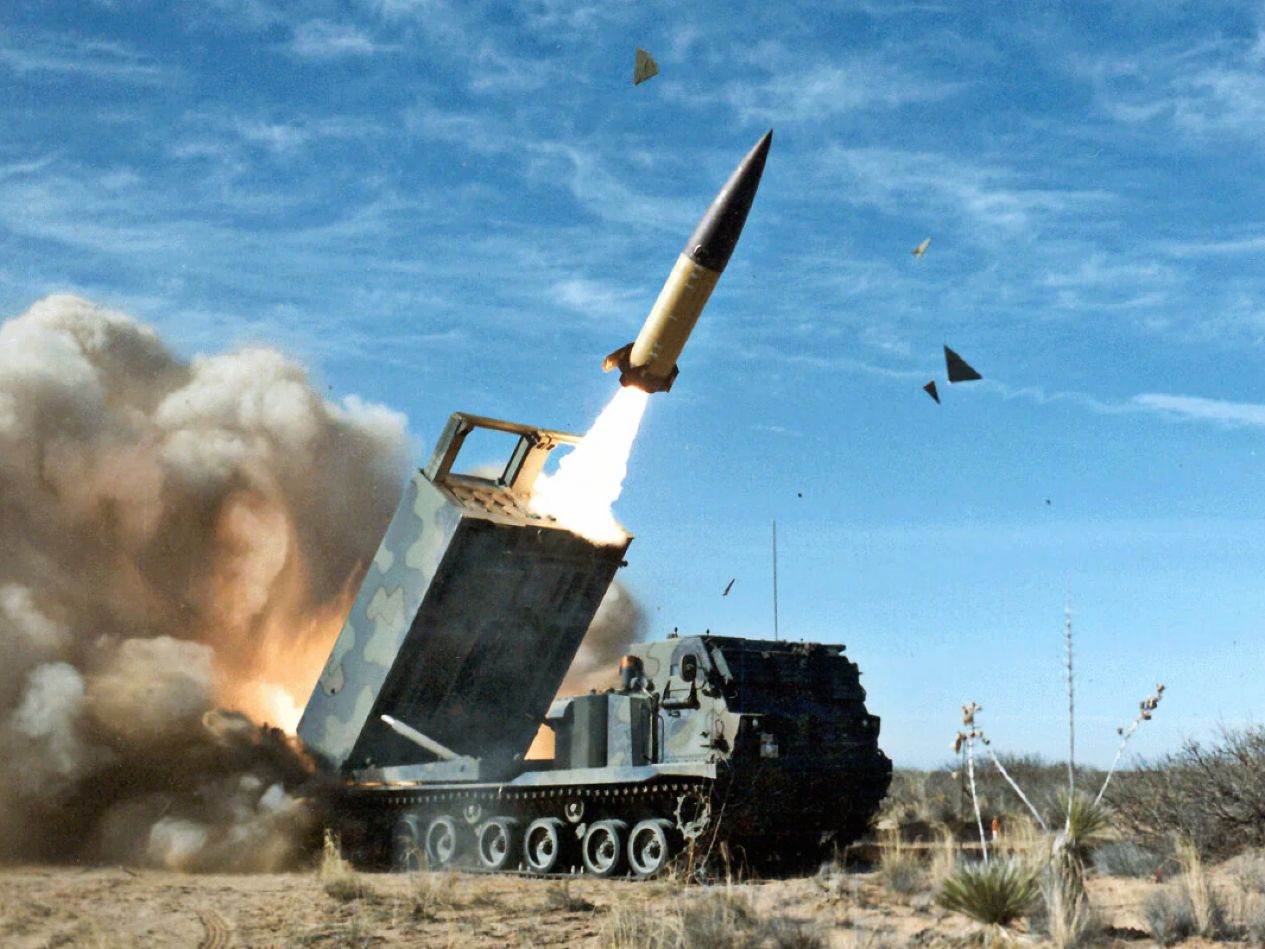Ukraine launched a significant strike on a Russian weapons depot in the town of Karachev, located in the Bryansk region, over 110 kilometers from its border.
This attack, first reported by RBC Ukraine, marks the first known use of the US-supplied ATACMS (Army Tactical Missile System) missiles in the ongoing war. According to reports, the strike resulted in a series of secondary explosions.
This attack comes on the heels of a key policy shift by US President Joe Biden, who authorized the use of long-range ATACMS missiles to strike deep into Russia.
Russian Foreign Minister Sergey Lavrov has acknowledged the Ukrainian strikes and said Kyiv’s attack using ATACMS is a sign that the West is trying to escalate the situation.
“The fact that multiple ATACMS were used last night against the Bryansk Region signals that they [in the West] want escalation. You see, it is impossible to use these high-tech missiles without the Americans, and [Russian President Vladimir] Putin has repeatedly said this,” Lavrov told a news conference after participating in the G20 summit.
The Russian defense ministry said earlier that Ukraine attacked Bryansk Region with six ATACMS missiles. Five of them were shot down by Pantsir and S-400 missile systems. The missiles descended on the premises of a military facility, causing a fire that was promptly extinguished. No one was hurt, and no damage was reported.
For months, Washington resisted pressure from Kyiv and some of its allies to authorize the use of ATACMS missiles inside Russia, concerned that such a move would be perceived as an escalation by the Kremlin.
The ATACMS missiles, capable of hitting targets over 300 kilometers away, could significantly disrupt Russian military logistics, making it harder for Moscow to sustain its attacks on Ukraine’s cities and energy grids.
Biden’s decision represents a shift in policy that had previously focused on avoiding escalation with Russia, particularly regarding concerns over a potential direct NATO-Russia conflict.
Until now, the US had been cautious about providing Ukraine with weapons capable of hitting deep within Russian territory, fearing it could seriously provoke the Kremlin.
However, with Russia’s increasing use of North Korean troops and the growing scale of the conflict, the Biden administration appears to have recalibrated its stance, allowing Ukraine to target military assets inside Russia more freely.
The attack on Karachev follows a pattern of escalating Ukrainian attacks on Russian military infrastructure. The Russian Ministry of Defense reported that its forces successfully intercepted 12 Ukrainian drones over Bryansk on the morning of the attack and a subsequent wave of Ukrainian missile launches.
Ukrainian forces claimed significant damage, with secondary explosions hinting at the destruction of the weapons depot. The Ukrainian military stated that this strike was part of a broader campaign to degrade Russia’s military capacity and to disrupt its aggression.

US Notifies South Korea Ahead of Ukraine’s Long-Range Missile Authorization
Biden’s authorization for Ukraine to use longer-range weapons was seen as a critical move, particularly as Ukrainian forces have struggled to defend against Russian missile strikes targeting cities and infrastructure.
Ukrainian President Volodymyr Zelenskyy, along with his Western allies, had long pushed for easing the US-imposed restrictions on missile use. For months, they argued that these limitations hindered Ukraine’s ability to effectively counter Russian attacks on vital infrastructure.
Before granting permission, however, the US administration informed South Korea of its decision to allow Ukraine to use long-range missiles against Russian targets, according to the presidential office on November 18.
A senior official traveling with President Yoon Suk Yeol, who was attending the G20 summit in Brazil, told reporters that while the US had shared its decision with South Korea, the two nations had not discussed South Korea supplying arms to Ukraine.
“As allies, South Korea and the U.S. can exchange necessary weapons if needed,” the official stated. “However, I would like to clarify that no decisions have been made, nor have detailed discussions begun, specifically regarding Ukraine.”

President Yoon has suggested that South Korea might reconsider its policy of not supplying lethal weapons to Ukraine, depending on the level of military cooperation between North Korea and Russia.
If Russia and North Korea’s collaboration in the Ukraine conflict deepens, the official noted that it would become necessary to assist Ukraine in bolstering its self-defense capabilities.
“It is a matter that requires careful examination and coordination among the North Atlantic Treaty Organization, the U.S., its allies, including South Korea,” the official added.
Yoon’s office confirmed that South Korea would finalize its position on arms aid to Ukraine after consultations with a Ukrainian envoy, who is expected to visit Seoul to coordinate support for the ongoing war.
- Contact the author at ashishmichel(at)gmail.com
- Follow EurAsian Times on Google News




